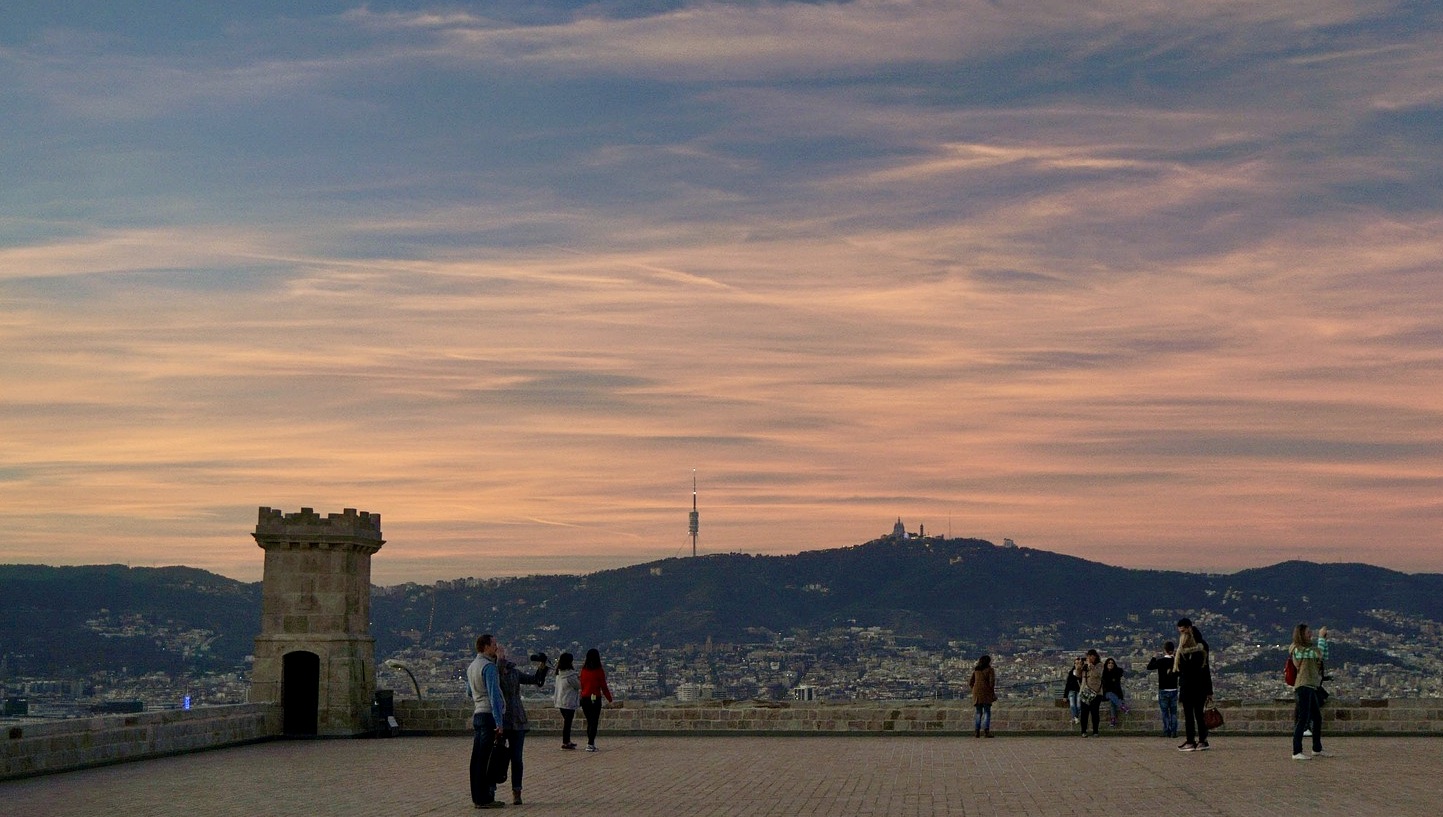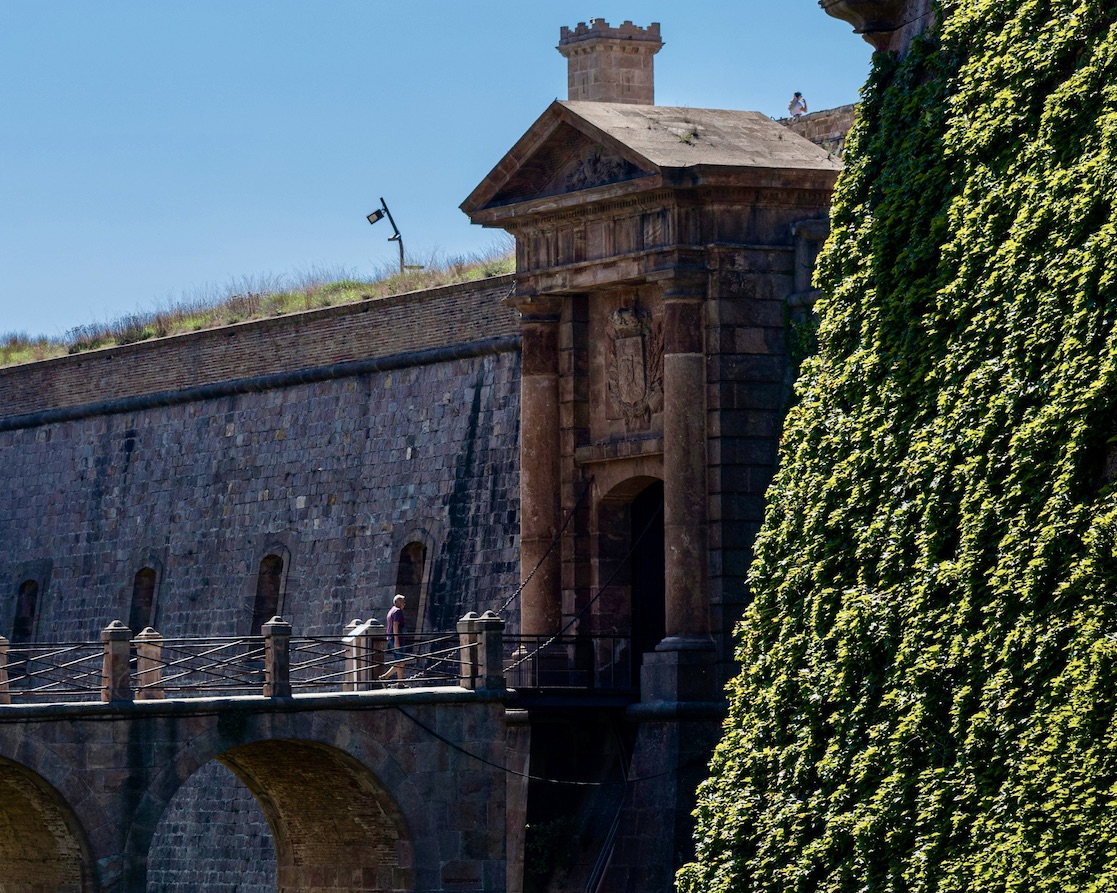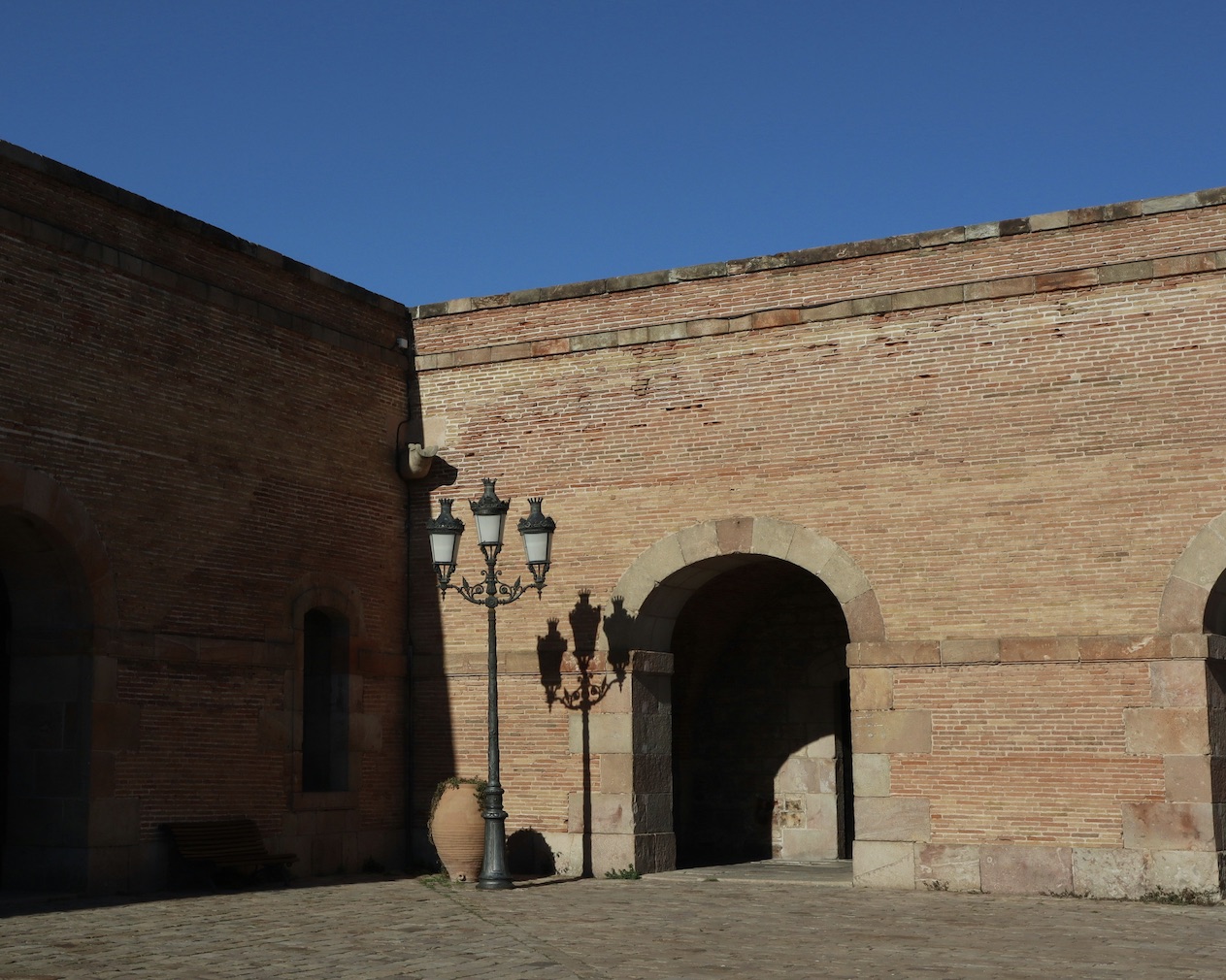
Whether you're looking to learn a bit of history, an afternoon dedicated to culture or a place to enjoy breathtaking views, Montjuïc Castle has much to offer.
Located at the top of the mountain of the same name, Montjuïc Castle is one of Barcelona's historic landmarks. This fortress, which has witnessed centuries of change and conflict, has been transformed into a place where historical memory and contemporary culture are celebrated.
A Journey through History
The origin of Montjuïc Castle dates back to the 17th century, although the mountain has been of strategic importance since much earlier times. Construction of the castle began in 1640 during the Guerra dels Segadors (Revolt of Catalonia), when the first fortification was erected to defend the city from the Castilian troops. However, it was in 1751 when, under the reign of Fernando VI, the fortress we know today was built.
The castle played a crucial role in numerous conflicts, including the War of the Spanish Succession and the Napoleonic Wars. In 1808, during the French occupation, the castle was taken by Napoleon's troops and later recovered by the Spanish. Its most infamous use was during the 19th and early 20th centuries when it served as a military prison and the scene of executions. One of the darkest episodes occurred in 1940, when Lluís Companys, the president of the Generalitat de Catalunya, was executed within its walls by the Franco regime.
The Castle Today
Today, Montjuïc Castle has left behind its military functions and has become a space for culture and leisure. Managed by Barcelona City Council since 2007, the castle houses permanent and temporary exhibitions that explore its own history, as well as broader themes of cultural and social interest.

Cultural Attractions and Events
One of the main attractions of the fortress is its museum, which offers a rich collection of objects and documents that tell the story of the castle and its impact on the city of Barcelona. Temporary exhibitions also cover a variety of subjects, from contemporary art to specific historical studies.
The castle also hosts the annual Pindoles theatre festival, the Moujuïc dance festival and the Sala BCN music festival, making the castle a cultural meeting point for the city.
Montjuïc Castle is also a privileged place to enjoy panoramic views of Barcelona and its coastline. From the ramparts, visitors can enjoy an uninterrupted view stretching from the Mediterranean Sea to the Pyrenees. This landscape is especially impressive at sunset when the city is bathed in the golden light of the setting sun.
For those who enjoy outdoor activities, the gardens surrounding the castle are an ideal place to stroll. The Montjuïc area is also home to other points of interest such as the Olympic Stadium, the National Art Museum of Catalonia (MNAC) and the Pueblo Español, an open-air museum that recreates Spain's most emblematic traditional villages.
For more information on the Castle and the different events on show, check the Barcelona City Council website here.

